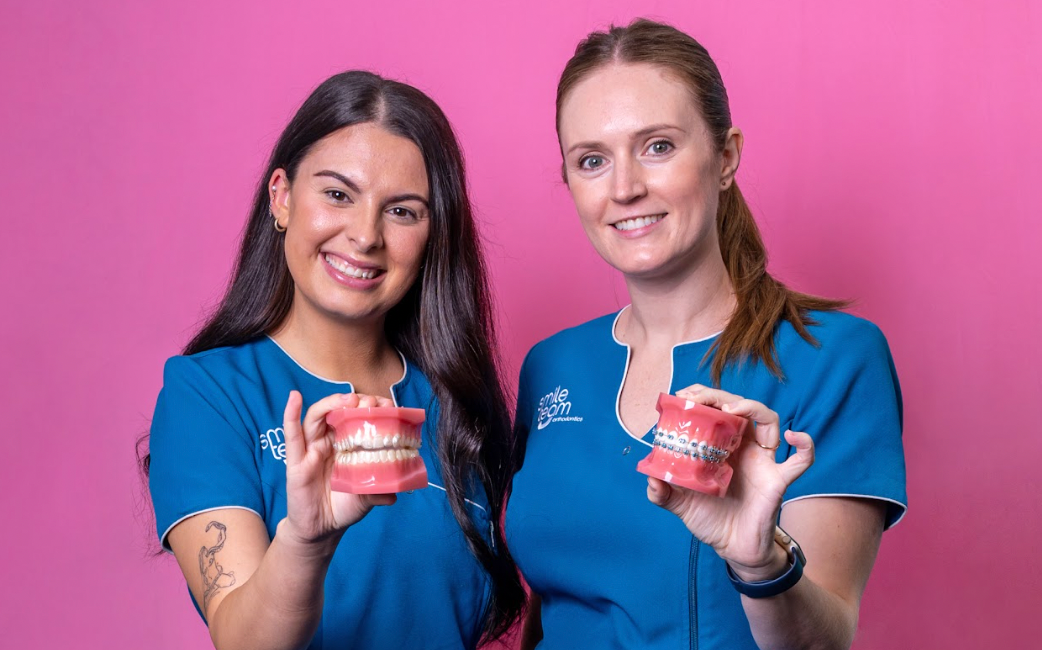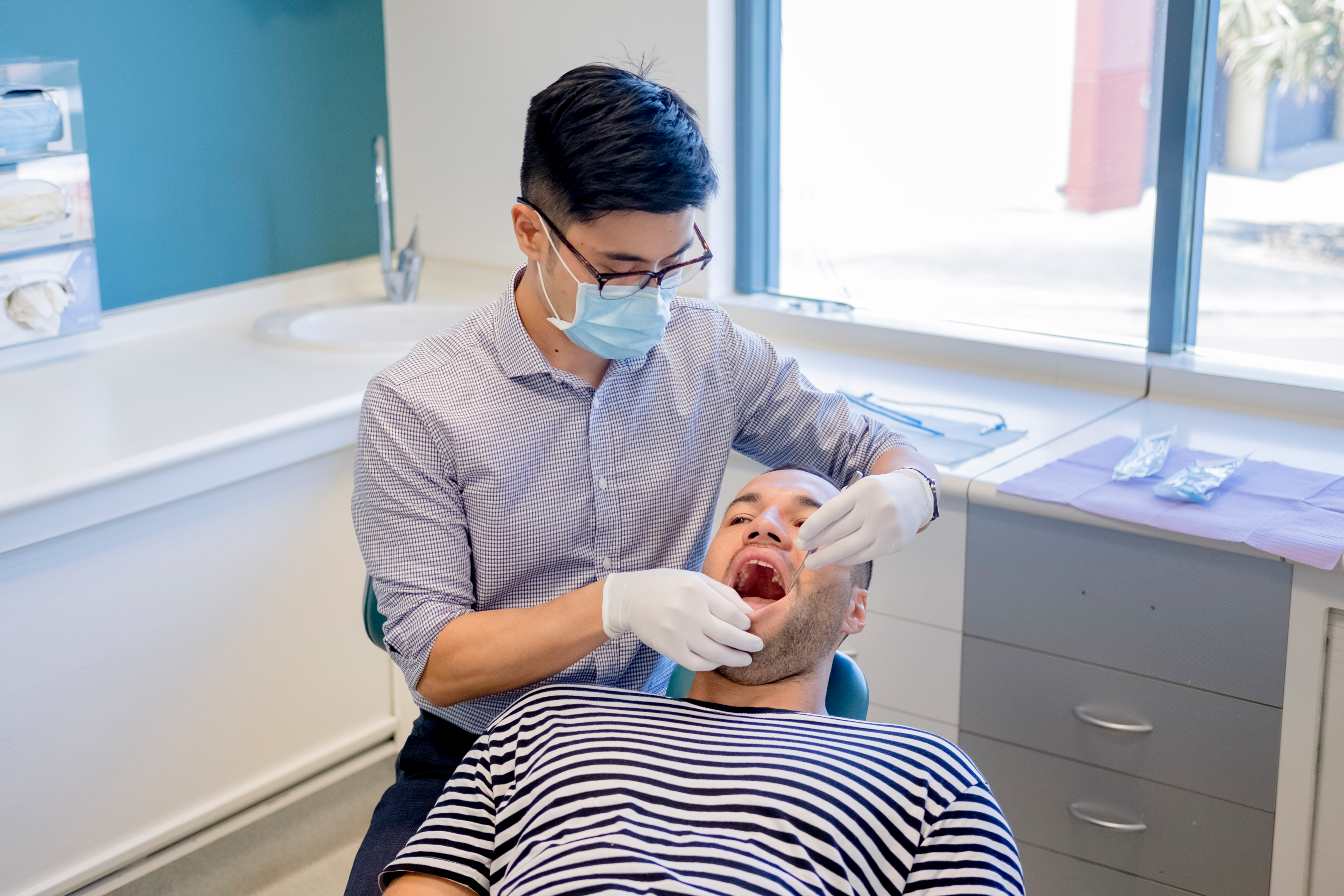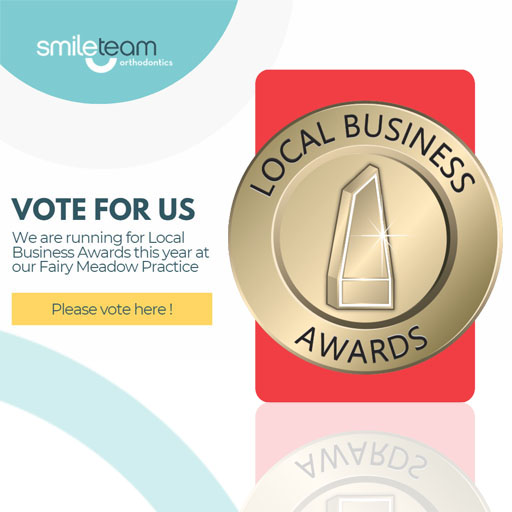
Getting top or bottom teeth braces is called single-arch orthodontic treatment or one-arch treatment. Getting single-arch treatment on either top or bottom teeth is not that common. Patients who need this may only have a spacing issue rather than being corrected, or their teeth are straight already on either top or bottom teeth. Other patients also might need both arches to be treated, but only one arch bothers them to have a full treatment – a matter of consideration of priority.
Understanding Orthodontic Objectives
Orthodontic treatment is a set of dental procedures to improve teeth’ aesthetics, function, and chewing. Its primary goals include:
- Alignment: Most orthodontic treatments focus on realigning the teeth. It involves moving the teeth into their correct positions, which can be achieved through braces, aligners, or other orthodontic appliances. Proper alignment not only improves the appearance of the smile but also makes it easier to brush the teeth, preventing the formation of plaque and the development of bacteria
- Bite Correction: This type of treatment aims to correct the bite, which is how teeth’ upper and lower arches come together when closing your mouth. Correcting an improper bite involves repositioning the jaws into proper alignment, improving chewing function and oral health.
- Aesthetics: While orthodontic treatment primarily focuses on alignment and bite correction, improving the smile’s aesthetics is also an essential objective. Straight, properly aligned teeth contribute to a harmonious smile and can help boost your confidence when smiling.
The Role of Bite in Orthodontics
The bite, or occlusion, refers to how the upper and lower teeth meet when closing your mouth. Issues can be crowding, overbite, underbite, crossbite, and open bite. A proper bite means the teeth come together evenly without crowding or spacing issues. However, having a misaligned bite can cause various problems, including difficulty with speech and chewing food effectively.
Addressing bite problems can improve the smile’s function and appearance and prevent future dental problems.
Can You Get Braces on Top Teeth Only?
Top teeth are the ones that are visible when you smile, talk or eat. Some people can become conscious about the look of their top teeth and want them to be improved. When top teeth are straight, it can improve the overall aesthetics of your smile. However, the bottom teeth may not be as visible as the top teeth, so one arch orthodontic treatment on the top teeth may be desired in some cases.
Types of Braces for Top Teeth
Traditional, ceramic and lingual braces or clear aligners can be used for upper arch treatment.
Pros and Cons of Single Arch Braces for Top Teeth
Top braces can work if you have crowded top teeth or space in the top row and no bite problems. Traditional braces on top teeth are effective and cost-effective. However, treatment for just the top teeth is generally for cosmetic purposes and do not treat overbite or underbite, crossbite. Treating these bite issues requires moving the top and bottom arches.
Can You Get Braces on the Bottom Teeth Only?
Braces on the bottom teeth are less common than those on the top, as bottom teeth are less noticeable when you smile. However, crooked bottom teeth are noticeable when talking. Also, crookedness may pose a risk to dental health. Patients with no problem with the top teeth or whose top teeth are straight may only need a single arch treatment on the lower dental arch.
Types of Braces for Bottom Teeth
Lower braces for bottom arch teeth are similar to those on top teeth. Traditional metal, ceramic and lingual braces or clear aligners can all be used to straighten the lower teeth.
Pros and Cons of Single Arch Braces for Bottom Teeth
When teeth are crowded or crooked, it is harder to clean, increasing the chance of developing tooth decay and gum disease. Aligned teeth avoid these risks, improving oral hygiene. However, braces’ wires and brackets can be hard to clean and cause discomfort during treatment.
When Is Getting Braces on Both Teeth Recommended?

As mentioned earlier, getting braces on just the upper teeth or the lower one is possible, however there are likely better treatment plans for most patients. There are several factors that contribute to why most orthodontists recommend top and bottom orthodontic treatment:
- Crowded Teeth: If you have many teeth packed into your mouth, this can lead to gum tissue inflammation, teeth that are misaligned, and other issues. Your orthodontist will likely suggest braces for the bottom and top teeth to fix this issue.
- Bite Problems: Incorrect bite pattern is one of the leading reasons many people need braces. Overbite, underbite, crossbite, or open bite can all cause major problems, from tooth damage to severe jaw pain and headaches. To fix crooked teeth and bite issues, the dentist may suggest braces for both the top and bottom.
- Underbite: If your top teeth sit inside the bottom teeth, and you have crowding in the upper arch, single-arch treatment might be an option. However, it will depend on your bite in the back. To fix a crooked smile, your orthodontist may suggest braces for both the top and bottom arches.
Is it Okay to Have Different Top and Bottom Braces?

In most cases, it is not necessary to have different types of braces for the lower and upper teeth. However, your orthodontist may recommend a combination of braces to achieve the best results in certain situations.
For example, if you have a complex bite problem or severely misaligned teeth, your orthodontist may suggest using traditional metal braces on one arch and lingual braces on the other. This combination approach can help address specific issues and provide better results.
Consult an Orthodontist
Before deciding on single-arch treatment, you need an orthodontic consultation for options. They will evaluate your conditions and discuss all factors that should be considered. Your orthodontist might tell you that you are a good candidate or recommend that you get braces on two arches to solve your orthodontic issue. They will explain the benefits of your options and will guide you to determine the most appropriate approach before you decide on the method of orthodontic treatment.
Conclusion
To get braces on the top and bottom teeth is often recommended to achieve the best results. However, in certain cases, single-arch treatment on the top or bottom teeth may be appropriate for cosmetic purposes or specific bite issues. It is important to consult with an experienced orthodontist to determine the best approach for your individual needs. By considering all factors, such as bite, alignment, and aesthetics, you will be able to make an informed decision for your orthodontic treatment and achieve a healthy, beautiful smile.
